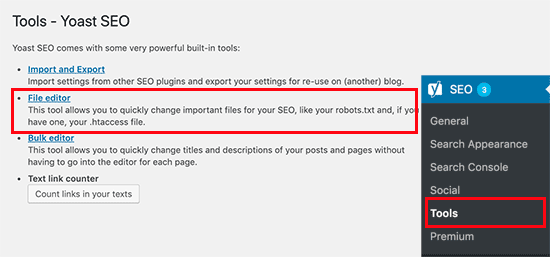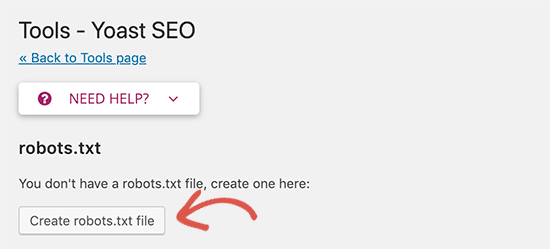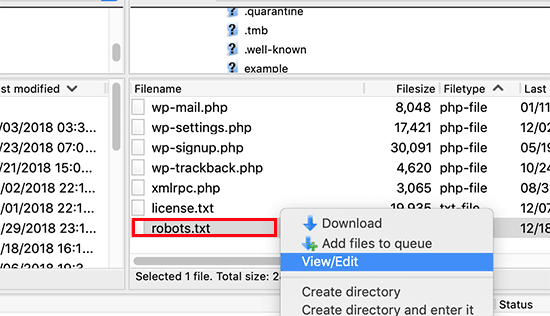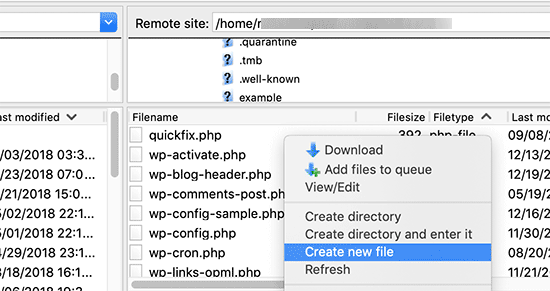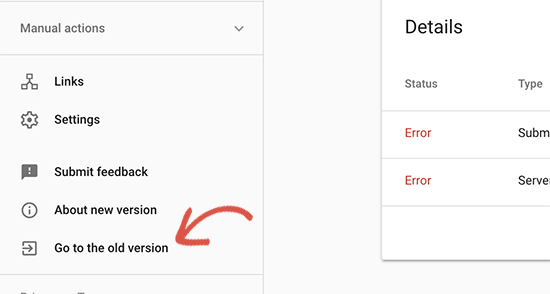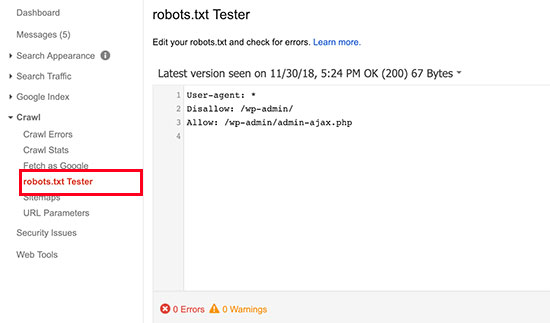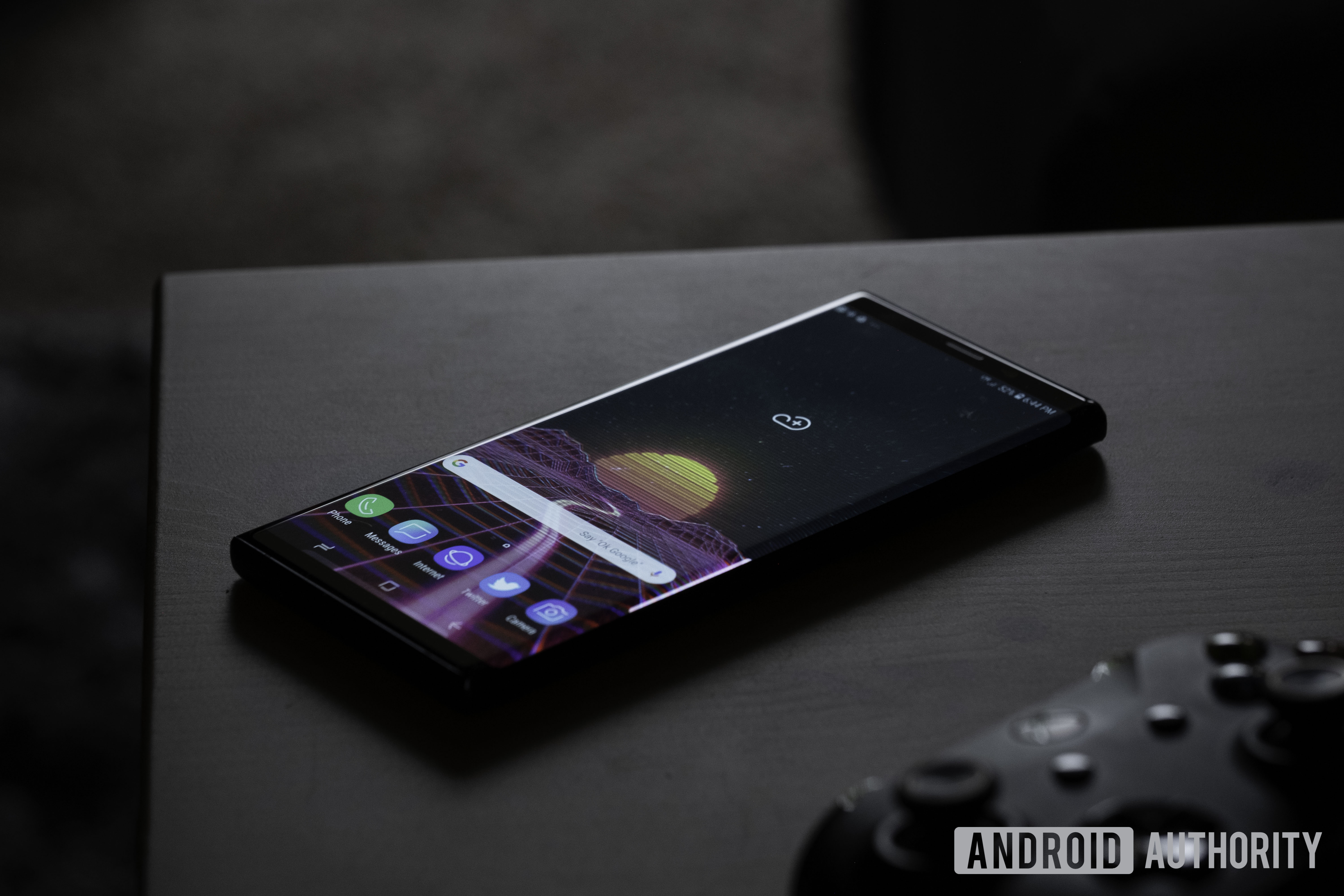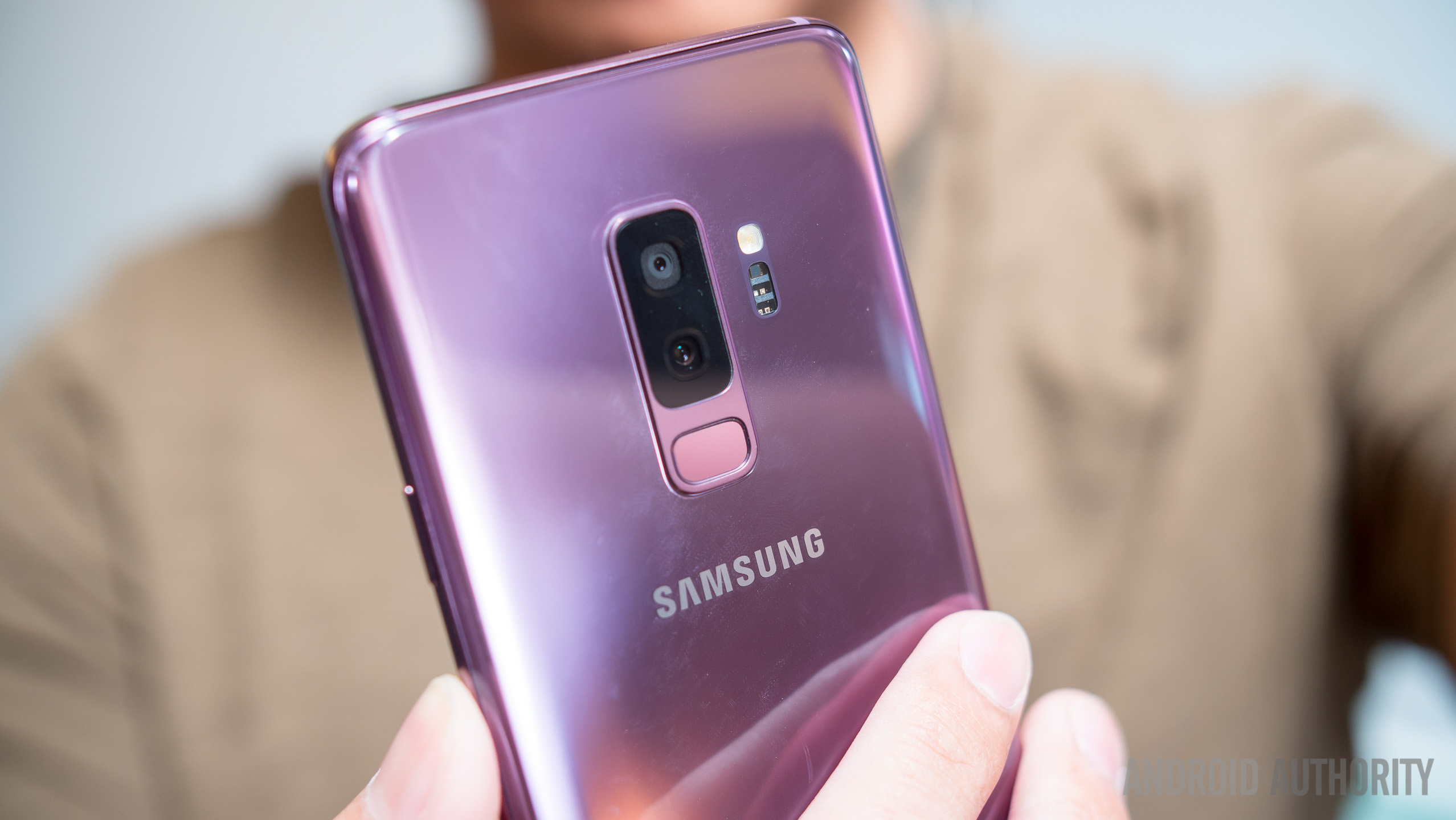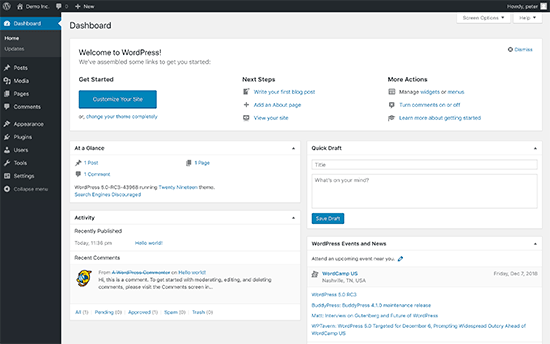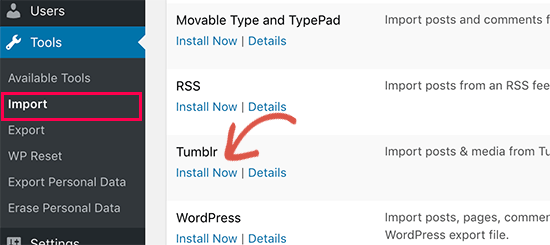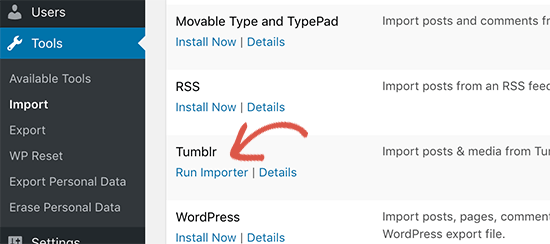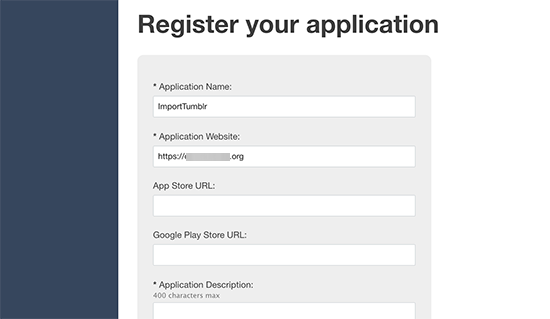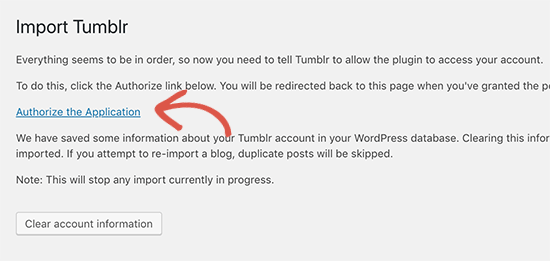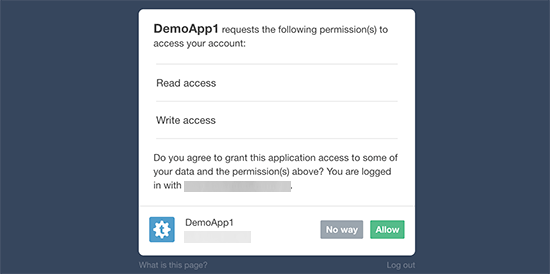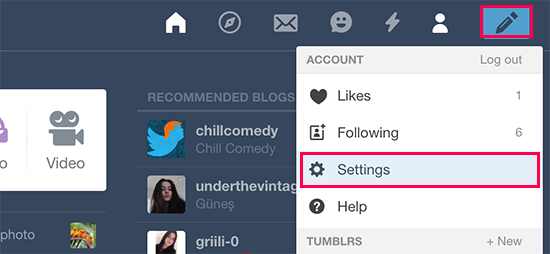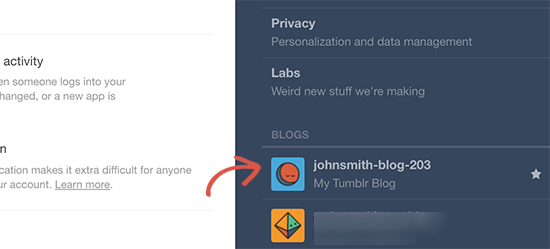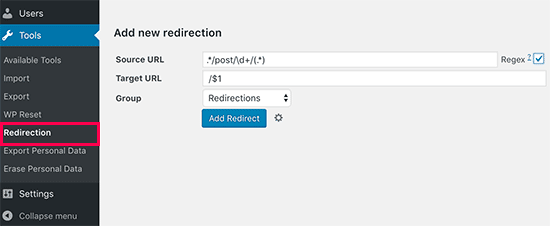10 tech predictions from the staff of Android Authority

2018 is almost at an end and it’s undoubtedly been an excellent year for smartphones. We’re already quickly gearing up for 2019’s early high profile releases, and — leaks aside — we’re pretty confident that our veteran industry status gives us a pretty good idea about what to expect.
Here are ten of the Android Authority staff’s best and most out-there predictions for what 2019 will hold.
Gaming phones become more competitive

If you hadn’t noticed, mobile gaming is a big thing, especially in China. So big in fact that we now have a number of dedicated gaming smartphones on the market, including the Razer Phone 2, Asus ROG Phone, and Xiaomi Black Shark.
Cutting-edge processor specs alone aren’t going to be enough next year though, predicts our Luka Mlinar. Gaming phones need to offer more. That’s certainly true when you consider that every other flagship smartphone will be using the same chipset next year: the Snapdragon 855.
We could see better cooling systems, but gimmicks like “speed boost” gaming modes aren’t fooling anyone. Instead, gaming phones may morph to offer superior controllers, even higher screen refresh rates, better audio and feedback features, and perhaps even some more useful gaming software and ecosystem tools. Personally, I’m still waiting on a Sony Xperia Play reboot to gift us an awesome PlayStation phone.
Facebook will (unfortunately) be fine
2018 hasn’t been a good year for Facebook, nor for the privacy of its users. Scandal after scandal has hit the social network throughout 2018, yet it’s still standing firm. Facebook will keep on doing creepy things in 2019, so foresees Sam Moore.
I probably don’t need to remind you about the Cambridge Analytica scandal, the U.S. Senate hearing, 50 million accounts hacked, the further data theft of 29 million users, exposing private photos, and recent revelations about granting message access to third-party companies. But I will. Honestly, it’s miraculous that the company hasn’t succumbed to any of this. I can only fathom that Facebook is so deeply integrated into people’s lives that they can’t bring themselves to rid of it.
If you’re looking for a healthy New Year’s resolution, at least give less of your precious personal data to Mark.
Also read: The biggest tech and mobile blunders of 2018
MOAR CAMERAS
If 2018 was the year of the triple camera, 2019 will be the year of the quad or even quintuple camera monster. Or so Android Authority’s Joe Hindy and Williams Pelegrin predict.
The introduction of telephoto, wide-angle, monochrome, and depth sensor camera combinations pushed smartphone photography capabilities up another notch this year. It certainly wouldn’t be a surprise to see manufacturers throw everything they can at both front and rear camera setups in 2019. Samsung already has a quad-camera phone with its Galaxy A9 2018 edition, and flagship models could go even further.
Heck, if that crazy Nokia 9 leak turns out to be true we could be looking at our first penta-camera sometime next year. That would make triple cameras look positively pedestrian. But will it be better than a Pixel?
Farewell bezels, hello holes

Display holes (is that seriously what we’re calling them?) are a safe bet for 2019, so it’s not surprising that a few of our staff suggested this one. We all know Samsung’s Infinity-O display is in production and have already had our first look at the Honor View 20 and its display hole. Expect a number of 2019 smartphones to come sporting this new look.
These advances in display slicing technology open the door for some cool new technological tricks to replace the notch. In-display cameras are a given, but manufacturers could also hide many more sensors, such as 3D facial scanning, into these holes.
We’ve also seen our first in-display fingerprint scanners hit the market this year and Samsung’s UPS display technology suggests it has found a way to embed cameras inside panels too. Perhaps manufacturers will hide other bits of front-facing technology seamlessly into the display in 2019. All in all, these trends probably mean even thinner bezels for 2019’s smartphones too.
Cryptocurrency finally gets a useful dApp, or it dies
I think this was a serious suggestion from Tristan Rayner, but who can be sure when it comes to the apparently infinite, reality-defying possibilities of blockchain?
Despite this year’s major setbacks for the valuations of popular cryptocurrencies, the fundamentals of secure open ledgers and decentralized applications remain appealing. 2019 could finally be the year that a breakthrough application (dApp) that relies on blockchain appears. Perhaps complete with its own currency to keep the data crunching ticking over.
Luka isn’t so optimistic about cryptocurrencies, and who can blame him after the Bitcoin bubble appeared to burst early last year. $17.1k to just $3.7k over the last twelve months certainly looks like curtains for the coin’s mainstream popularity. 2019 could well be the year that decides the fate of cryptocurrencies. Either a breakthrough dApp appears to renew faith, or the idea continues its gradual decline into irrelevance.
Just please, no more attempts at a blockchain phone. OK, everyone?

Battery life won’t get any better (sadly)
Adam Molina points out that we’re probably not looking at longer battery life next year. A disappointing prediction given that this is consistently one of the most requested updates to phones each year.
But with battery sizes gradually increasing and smartphone processors moving on to more efficiency 7nm processes, you’re probably wondering why we’re not predicting a revolution in battery life.
First is that manufacturers keep finding new ways to consume these power savings. Be that a higher performing processor and higher quality gaming, brighter and higher resolution displays, new power consuming content like HDR video, more power hungry multi-camera setups, and 5G. Secondly, because even a generous 20-percent boost to battery life might only add an hour of screen on time to many phones. That’s obviously a good thing, but even for the best phones that last a whole day that extra hour or even two isn’t going to make up the difference to the next milestone: multi-day battery life.
Sorry about this one.
We’ll still be waiting for Android Pie updates
Hadlee Simons is similarly pessimistic in his expectations for 2019 — many of us are going to be sat hammering that refresh button for our Android Pie update.
Hadlee has a pretty good point. Despite the introduction of Project Treble for Oreo-based devices, we haven’t seen the biggest manufacturers offer vastly faster update times to Android Pie. Huawei might just squeeze in its updates before the end of the year, but Samsung, LG, HTC, and others haven’t pushed out their updates to many customers yet, with the exception of a few preview programs.
Instead, the lesser known OEMs with a smaller number of handsets to support have been doing a better job. Essential and OnePlus being notably quick adopters, along with other stock-like OS manufacturers. Unfortunately even Treble doesn’t appear to have encouraged big manufacturers to put the necessary resources into pushing out faster software updates for their phones. Mid-range handsets also appear to still be forgotten about too.
We’ll find at least two more ways to complain about the notch

Hopefully, 2018 won’t be remembered as the year of the notch. Although not universally loathed, it’s definitely one of the more contentious adoptions in the smartphone space this year — so much so that the notch has spawned more than its share of memes and jokes over the last year and a bit.
We’ve heard it all this year, from it’s downright ugly (I’m looking at you Pixel 3 XL) to that it makes phones look like shameless iPhone clones. There have also been plenty of complaints about some of the software the tweaks made to Android Pie, such as the clock position, to accommodate the notch. You folks certainly know what you don’t like.
Our Executive Editor Kris Carlon reckons that we’ll find at least two new things to hate about the notch next year. Better get cracking.
Phones with 16GB of RAM
Our own Feliks Mangus predicts that we could see smartphones packing in a whopping 16GB of RAM hit shelves in 2019. This would undoubtedly be overkill, but is it possible?
The swanky OnePlus 6T McLaren edition comes in a crazy 10GB RAM variant. The newly announced Lenovo Z5 Pro GT already promises 12GB of RAM paired up with a brand new Snapdragon 855 SoC and we’re still not even into 2019’s major smartphone announcements.
While 8GB probably seems like a sensible limit for most flagship smartphones, we’ll surely see some manufacturers push the RAM count even higher. If only to grab headlines rather than offer up revolutionary performance.

5G doesn’t live up to the hype
Both Tristan and I are calling this one now: 5G isn’t going to be the game changer for smartphones that many companies are eagerly hyping up.
If you recall the rollout of 4G LTE, you already know what to expect. Only certain cities will see the technology first and even then coverage will be spotty at best. Couple this with the unknowns about smartphone form factors and, more importantly, battery life and those first 5G smartphones might not be so appealing either.
That said, 5G works. It’s going to have some interesting use cases for home and business internet access, and eventually mass IoT and all that other jargon too. But for smartphones, 2019’s 5G wireless rollout will probably be a muted experience for most of us. Unless you’re that crazy person streaming 4K HDR video to your tiny 6-inch display outside a mmWave base station in downtown New York.
What about your predictions?
That’s enough from us, what are your biggest predictions for smartphones, and tech in general, in 2019?
Next: 2019 will be a great year for smartwatches and fitness trackers — here’s why
Source: Android Zone
The post 10 tech predictions from the staff of Android Authority appeared first on TuneMaster.ml.





